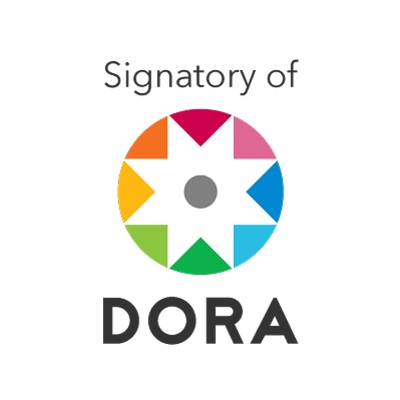Wanda Cornistein, Yanina Nuccetelli, Viviana M. Rodríguez, Ángel Colque, Viviana Chediack, Marco Flores, Adriana Fernández Lausi, Adriana Manzuri, Emilio F. Huaier Arriazu, Eleonora cunto, Miriam Blanco
Wanda Cornistein, Yanina Nuccetelli, Emilio F. Huaier Arriazu, Mónica Lares, María Cecilia García, Ana Laura González, Norma Cudmani, Marco Flores Montes, Laura De Aguilar, Analía De Cristófano, Miriam Blanco
Josefina Pérez, Luis Hernán LLano López, Ricardo Iramain, Priscilla Botta, Ángel Emanuel Fernández, Oscar Horacio Gómez Lund, Facundo Jorro Barón, Verónica del Valle Córdoba, Alejandro Mansur, Gladys Palacio, Javier Ponce, Marcelo Omar Quipildor, Roberto Jabornisky, Miguel Céspedes Lesczinsky, Viviana Pavlicich
Gustavo González, Luis LLano López, Josefina Pérez, Gonzalo Rostagno, Adriana Bordogna, Javier Ponce, Gladys Palacio, Roberto Jabornisky

.png)


